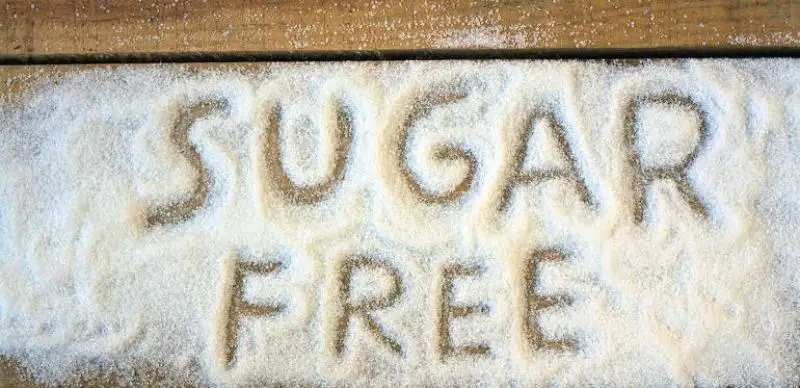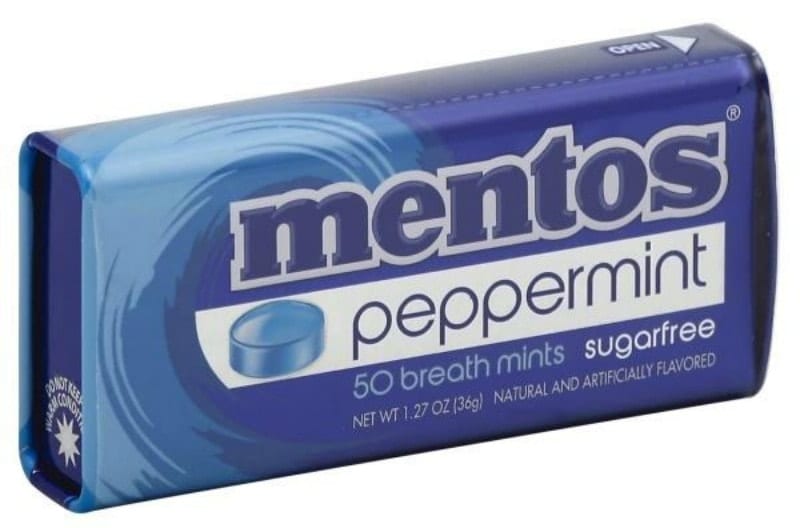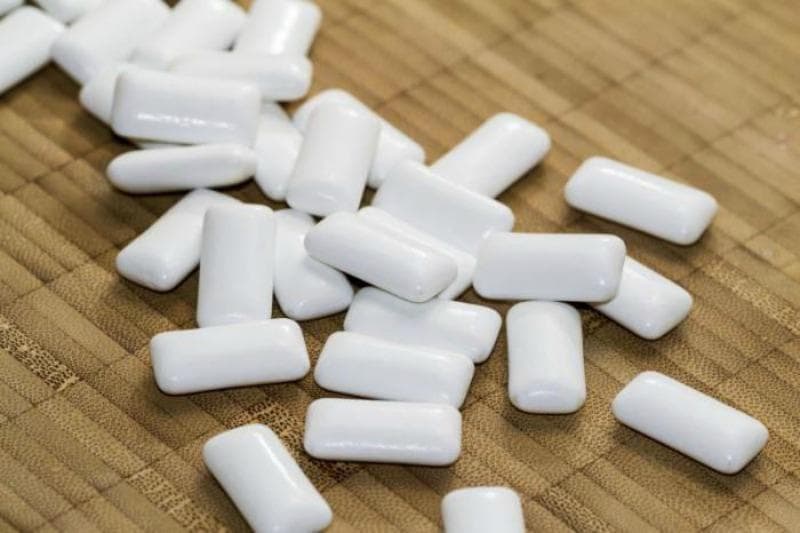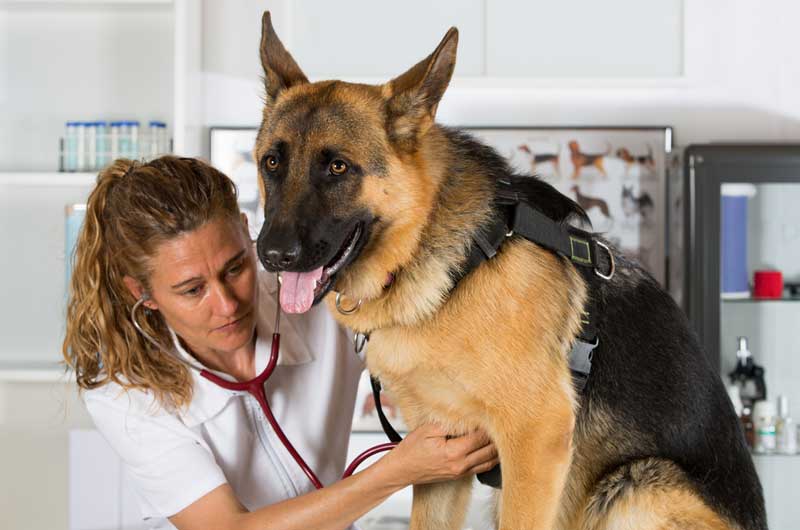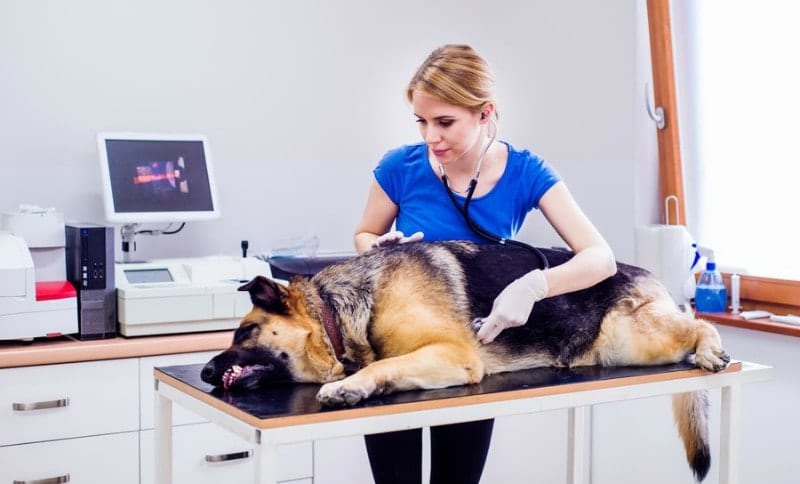Xylitol is a dangerous and sometimes fatal substance for dogs. You might not recognize the name but, it’s a common sweetener that can likely be found, right now, in your car, purse, and home.
Dogs poisoned by Xylitol increases every single year. Xylitol ranks in the ‘Top 10 Pet Poison’ list year after year.
If you’ve never heard of this toxic substance, you aren’t alone. Dog owners need to be aware of it, why it’s so dangerous, and what to do if your dog has consumed it.
Xylitol – What Is It?
Xylitol is a sugar substitute that humans consume regularly.
It’s found repeatedly in ‘sugar-free’ items such as mints, chewing gum, JELLO, pudding, yogurt, and chocolate.
Other items Xylitol is found in include peanut butter, vitamins, toothpaste, mouthwash, lip balm, baby wipes, and even some medications.
It is common knowledge that chocolate is toxic to dogs; however, dog owners need to be aware that Xylitol is 100 times more dangerous than chocolate.
The Dangers of Xylitol
Why can’t dogs consume Xylitol?
A dog’s pancreas cannot differentiate between real and artificial sugar.
After consuming artificial sugar, an overdose of insulin is released quickly. This causes critically low levels of sugar in the blood, also referred to as glucose.
Glucose is a source of energy in dogs. Dramatically reduced levels of glucose are dangerous, and a dog with signs or symptoms of xylitol poisoning should be treated by a veterinarian ASAP.
Depending on the amount of artificial sugar ingested and the size of your dog, symptoms can begin as soon as 5 to 15 minutes or can sometimes take eight hours to develop.
According to experts, just two pieces of gum containing Xylitol will cause issues in smaller dogs. If a dog’s liver starts to shut down, this can be fatal.
Symptoms of Xylitol Poisoning
- Loss of energy
- Loss of appetite
- Weakness
- A lack of coordination
- Trembling
- Muscle twitching
- Discoloration of gums
- Vomiting
- Diarrhea
- Seizures
Treating Xylitol Poisoning
If your dog is showing the signs and you believe they’ve consumed a product containing Xylitol, large or small, you should get in touch with your vet immediately (even if after hours).
These days, Xylitol levels in products vary greatly.
Some companies don’t disclose everything their product contains, so you need emergency assistance; this way, the correct steps can be taken.
Depending on the severity and how much time has passed, your vet is likely to give intravenous fluids, stabilize blood sugar levels, keep watch over your dog, and determine if any other treatment will be required.
Keeping Your Dog Safe
While reading this, you’re probably wondering what you can do to keep your canine friend safe, and it starts with a check of product ingredients.
Sometimes, we like to give our dogs peanut butter, for example, but only do this if the brand doesn’t use Xylitol as an artificial sweetener.
Usually, you get a good idea of what the product contains when they use phrases such as ‘cavity-free,’ ‘no added sugar,’ and ‘reduced sugar,’ and ‘sugar-free.’
If you see Xylitol as one of the first listed ingredients, this product is incredibly dangerous for your dog, so keep it out of reach and contact a vet if you suspect your dog has ingested any amount.
Even if you don’t have these items in your home, make sure guests don’t leave medications or chewing gum on tables or in their bags or purses on the floor.
If you find household products containing Xylitol, keep these out of reach, or choose alternative products to be sure your dog stays happy and healthy for many years to come!




